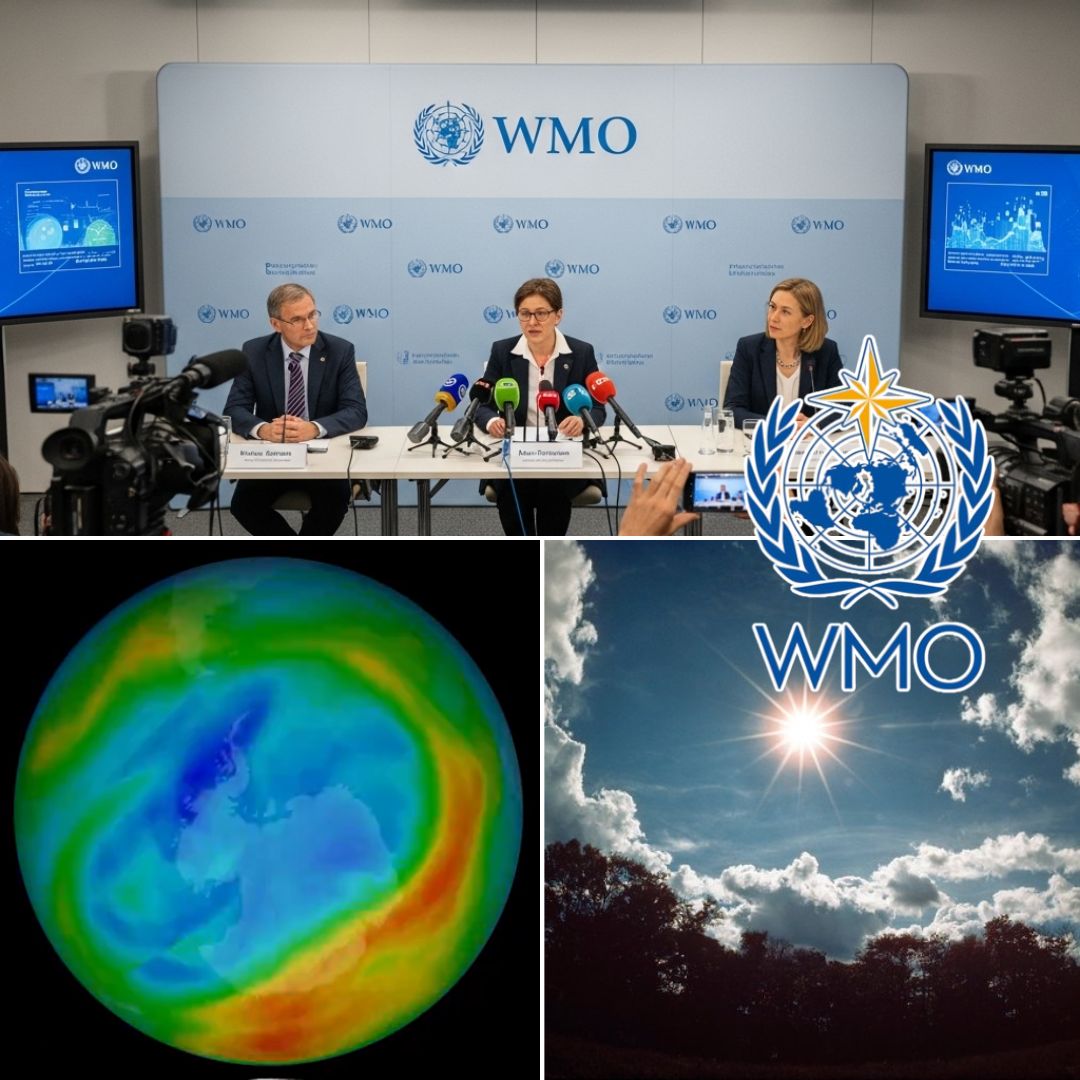The Earth’s protective ozone layer is healing well and is projected to return to its 1980s thickness by the middle of this century, according to the World Meteorological Organization’s (WMO) latest report released on World Ozone Day 2025. The ozone hole over Antarctica in 2024 was smaller than previous recent years, marking a notable sign of recovery.
This recovery is credited to global cooperation, especially the Montreal Protocol treaty that phased out ozone-depleting chemicals. Officials highlight this achievement as a landmark example of how science-based international action can protect human health and ecosystems from harmful ultraviolet (UV) radiation.
Encouraging Evidence of Healing
The WMO’s Ozone and UV Bulletin, published in September 2025, found that the Antarctic ozone hole in 2024 was smaller and formed later than in past years, with a quicker healing phase observed. On 29 September 2024, the maximum ozone mass deficit was 46.1 million tonnes, below the 1990-2020 average.
WMO Secretary-General Celeste Saulo praised this as a “robust indication of the initial recovery” of the ozone hole. She emphasised that this healing will help significantly reduce risks of skin cancers, cataracts, and other serious health issues caused by excessive exposure to ultraviolet (UV) radiation.
These include DNA damage, immune system suppression, and increased incidence of eye diseases. United Nations Secretary-General António Guterres described the recovery as “one of the most inspiring environmental success stories,” highlighting that “when nations heed the warnings of science, progress is possible.”
A Historic Multilateral Success
The recovery follows decades of international effort beginning with the 1975 Vienna Convention and the 1987 Montreal Protocol, which successfully phased out over 99% of ozone-depleting substances. These chemicals, once used in refrigeration, air conditioning, aerosol sprays, and firefighting foams, were responsible for ozone destruction. While atmospheric variability causes yearly fluctuations in ozone levels, the long-term trend points steadily upwards, offering hope for full restoration.
The WMO’s sustained monitoring efforts play a critical role in tracking this progress and identifying emerging threats such as nitrous oxide, which require further policy attention. The next scientific assessment due in 2026 will provide updated analysis to guide global policy decisions.
The Logical Indian’s Perspective
The healing of the ozone layer stands as a powerful symbol of what humanity can achieve through trust in science, global cooperation, and shared responsibility. It reminds us that confronting environmental crises is possible when nations unite over common goals with empathy and commitment.
As The Logical Indian advocates for peace, dialogue, and harmony with nature, this success encourages us to apply the same spirit to other urgent challenges like climate change.











